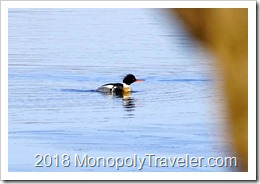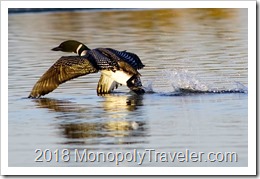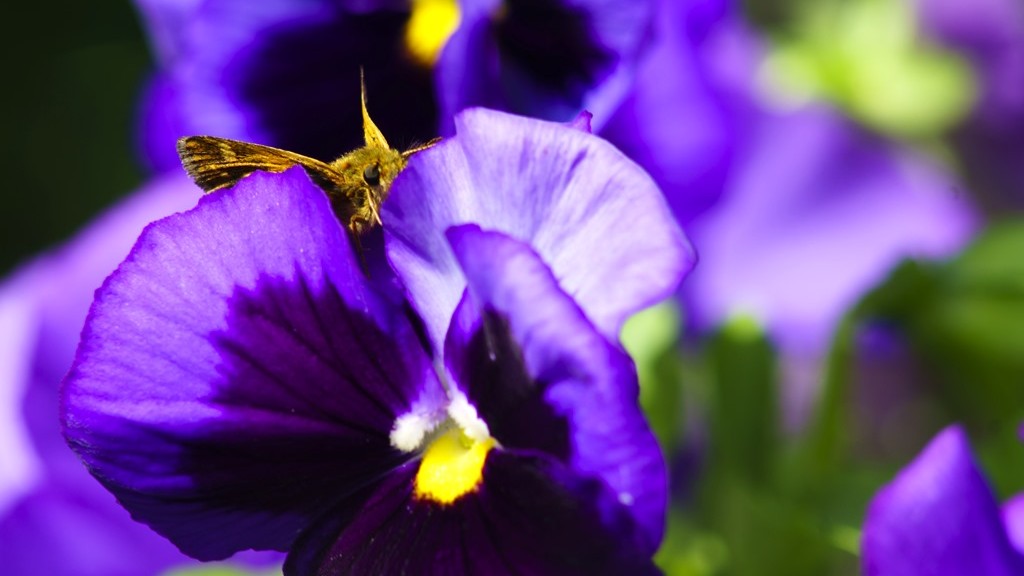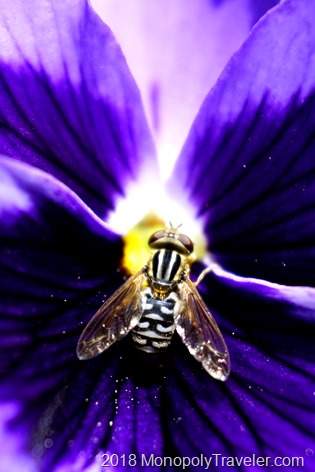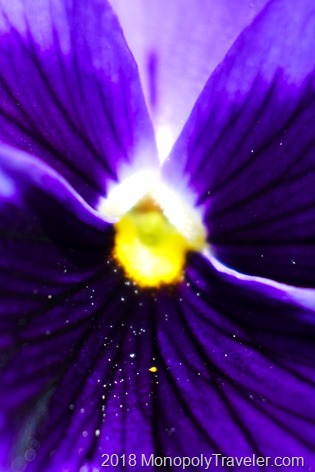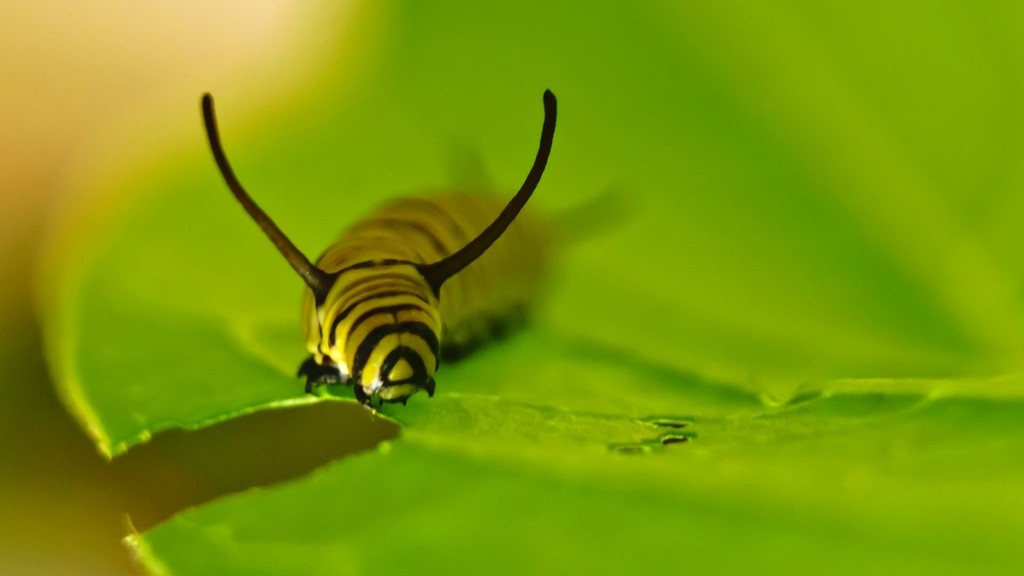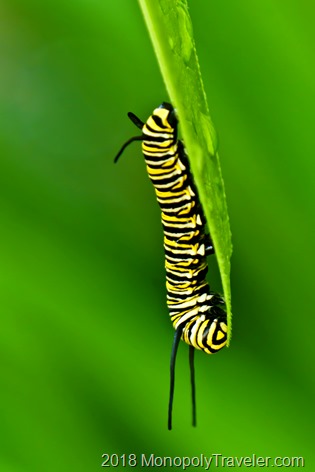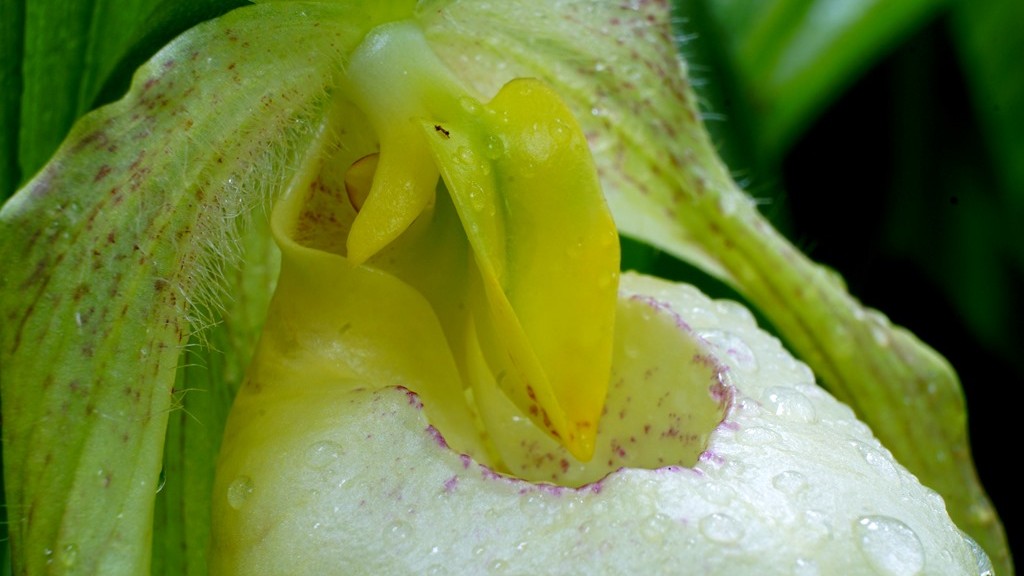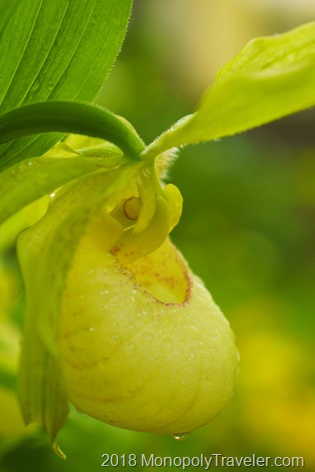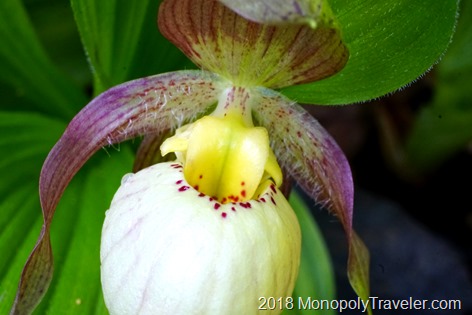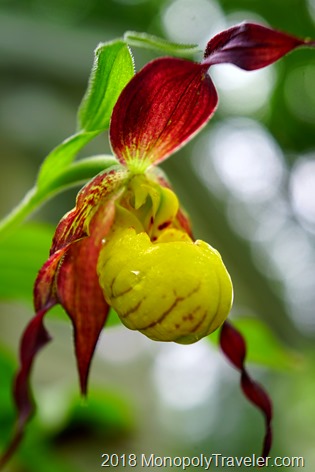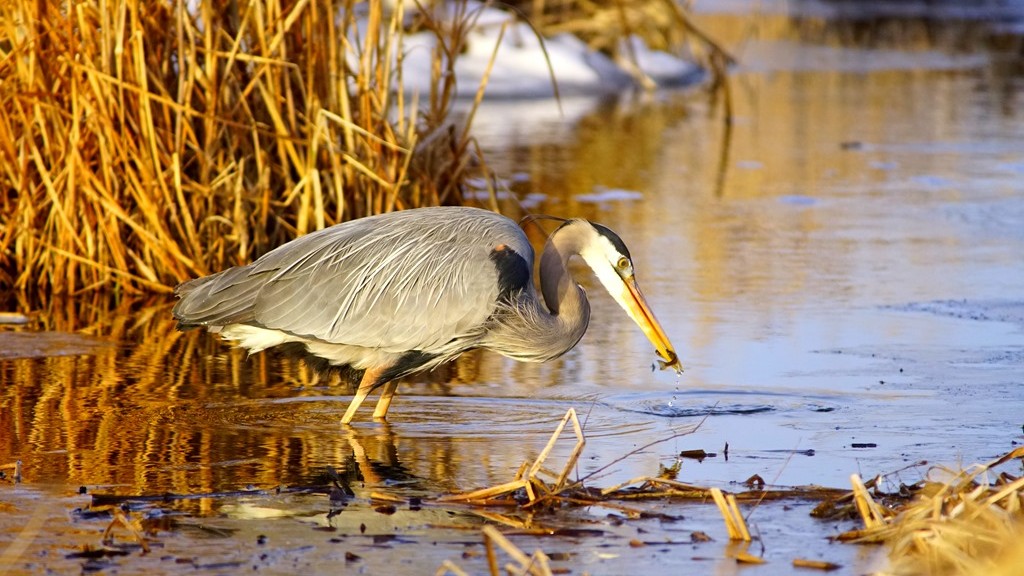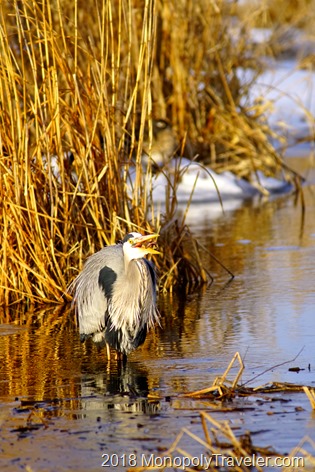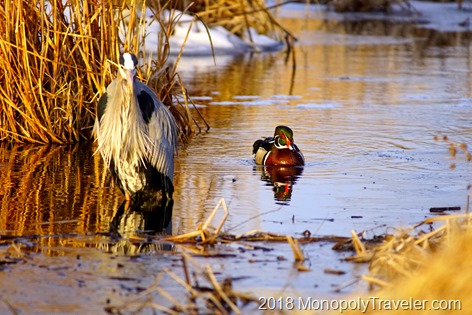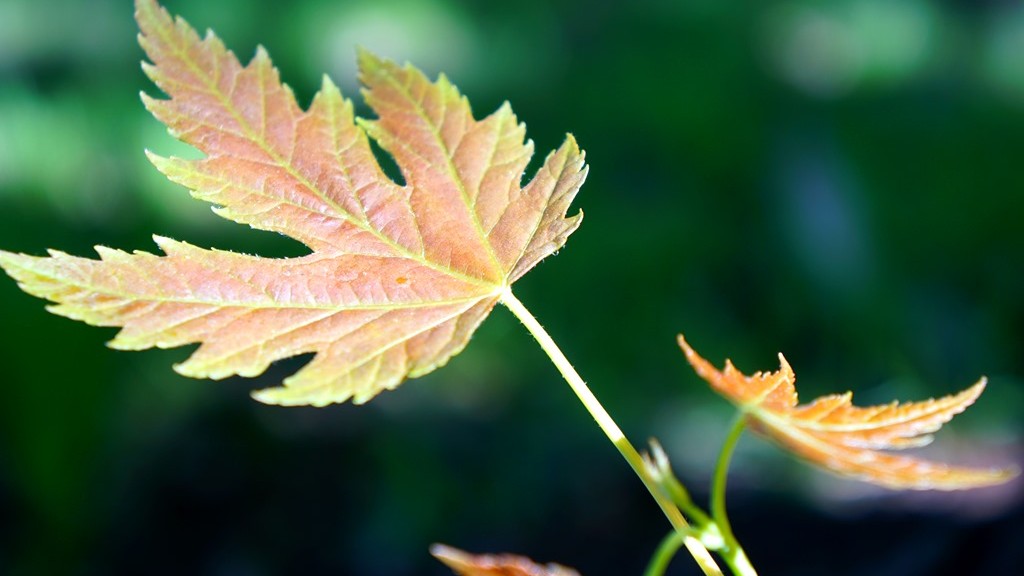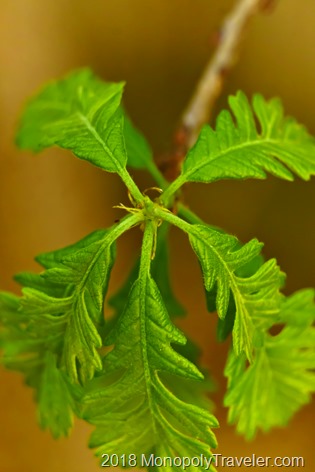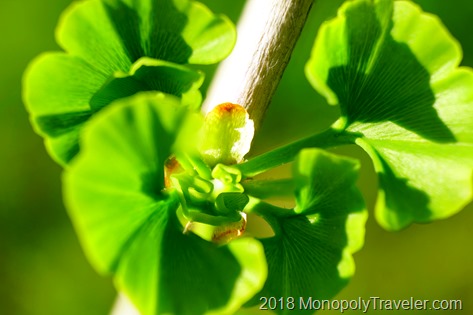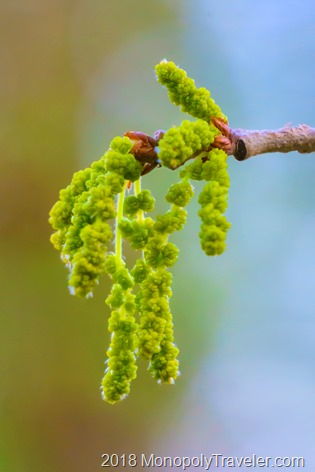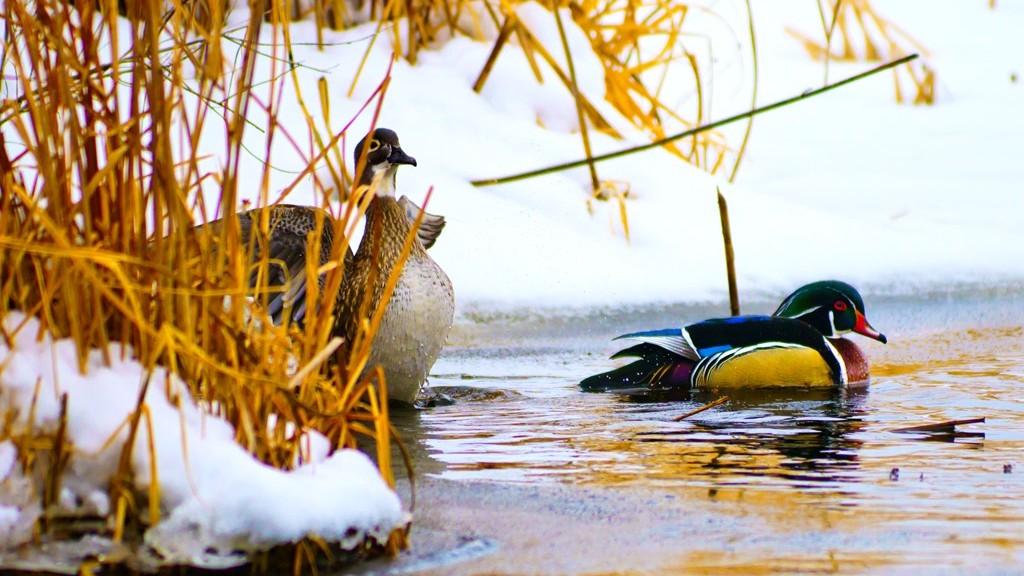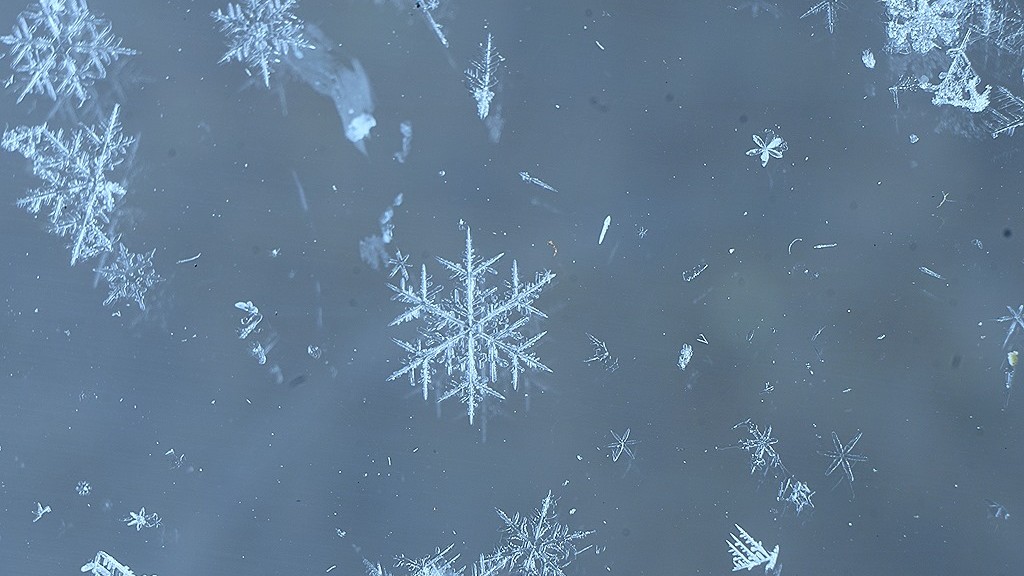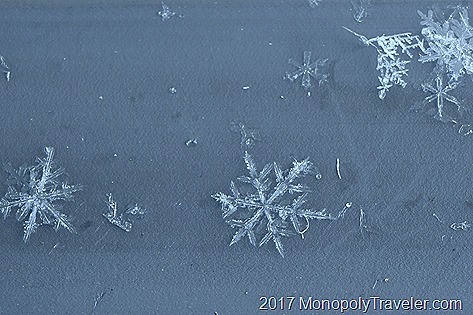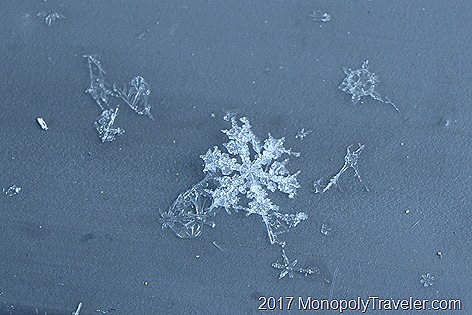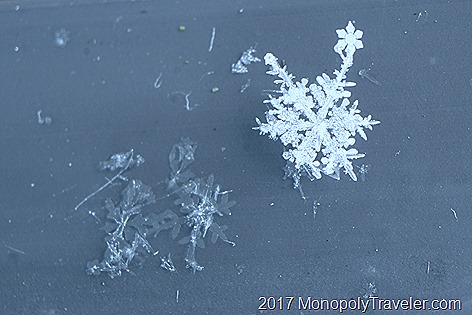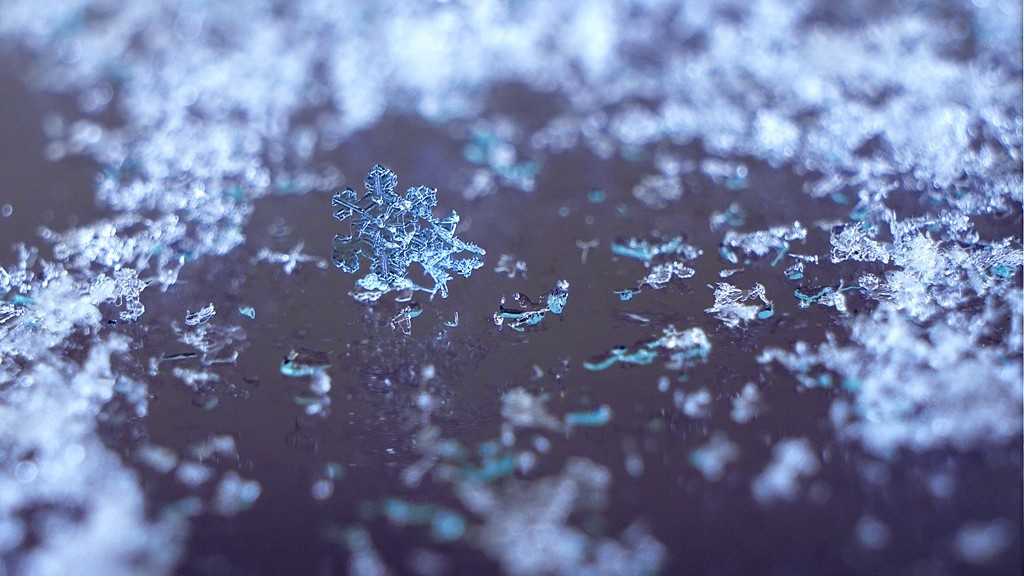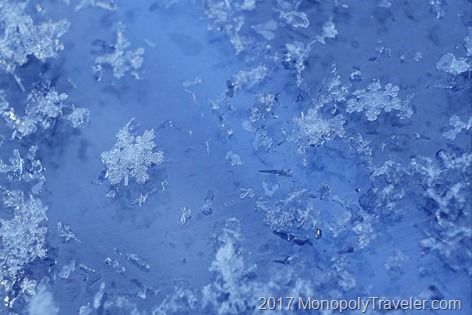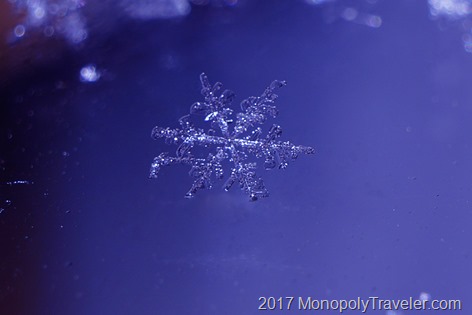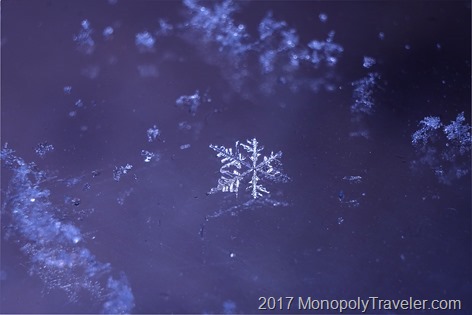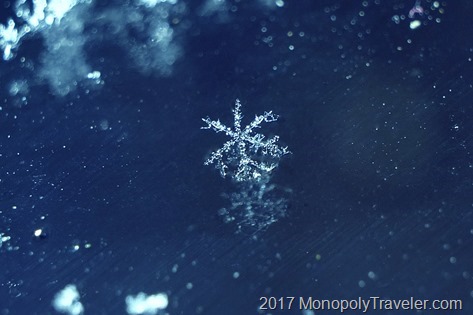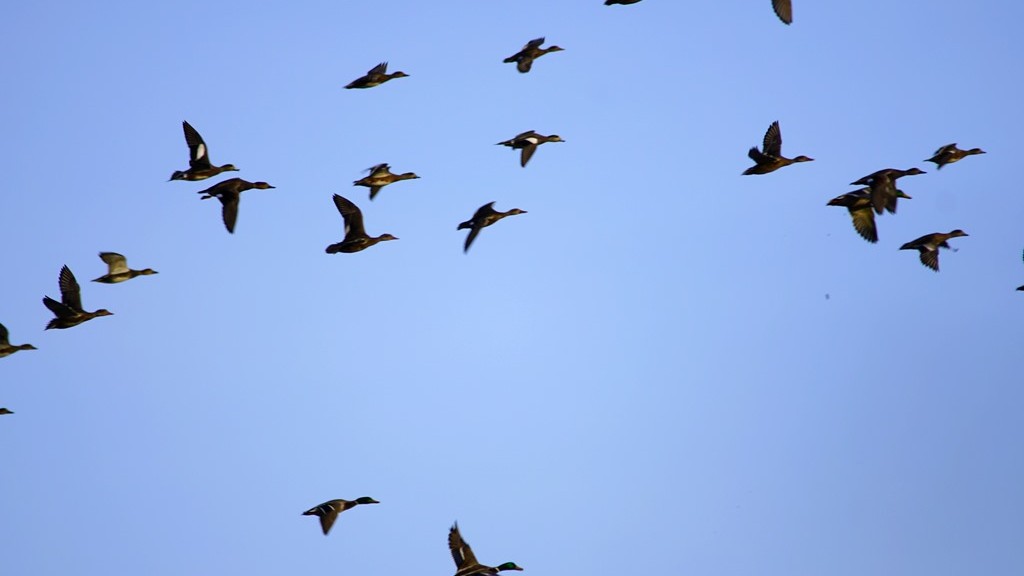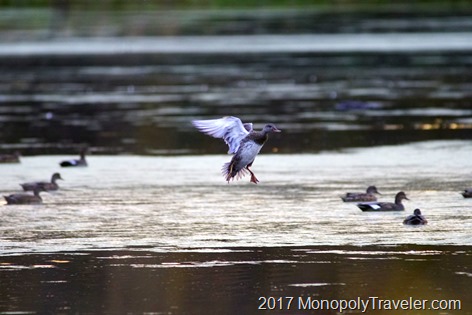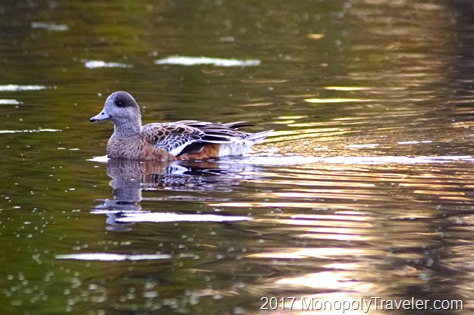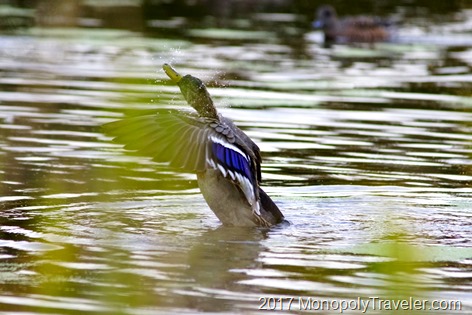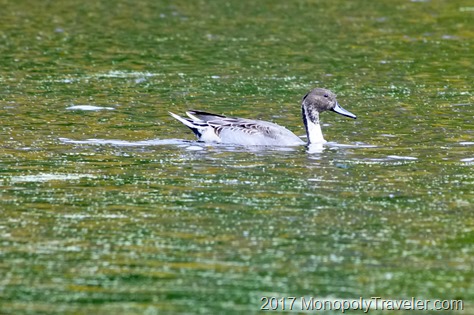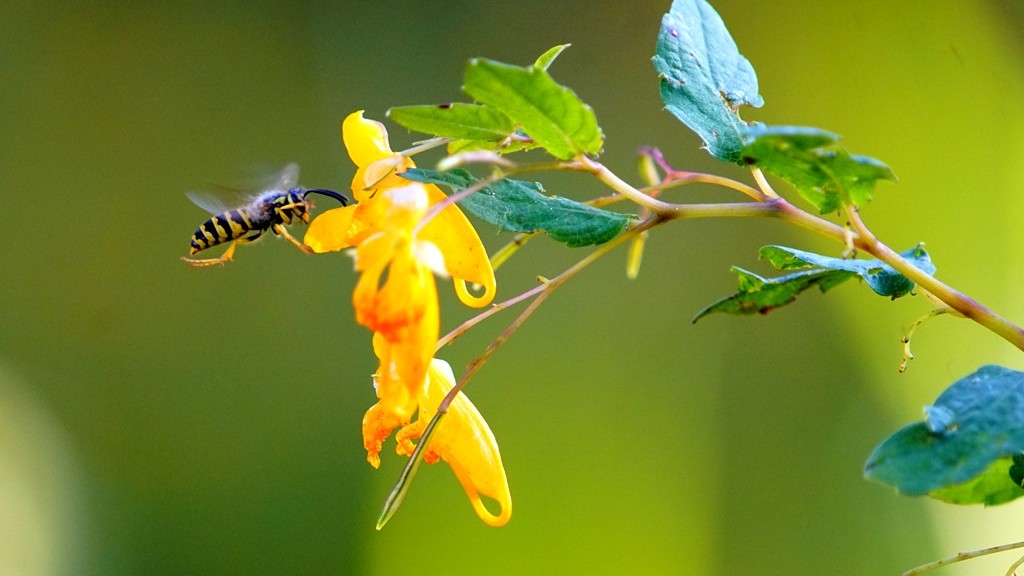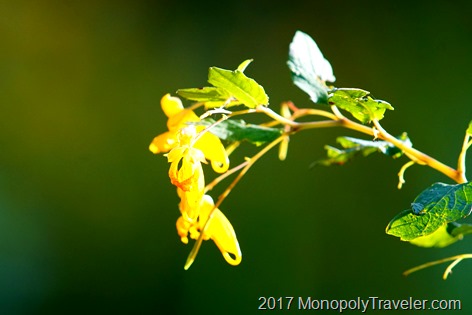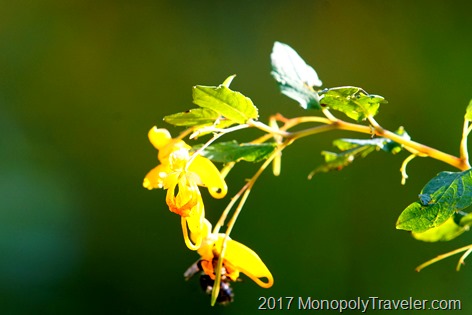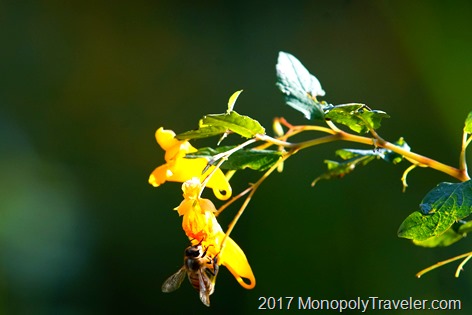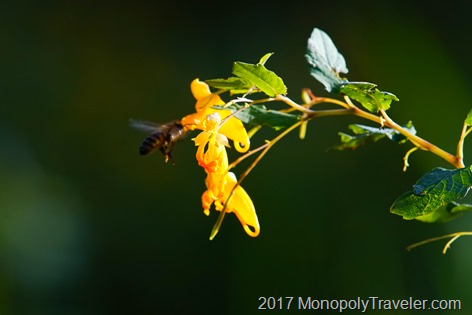Over the last few weeks I’ve been able to get out and photograph several different types of ducks and other waterfowl as they begin their migration north. Fortunately for me there has been limited areas of open water so these ducks have had to congregate into these areas making it a little easier to photograph. There have been thirteen different ducks that I’ve photographed this spring. Out of those, six are types I’ve never seen before so that’s pretty good success in my book. The top photo is a pair of wood ducks searching for a place to build their nest. (Click on each image below to view a larger version of it.)
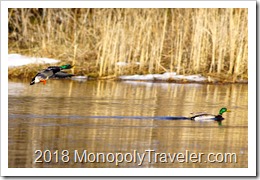
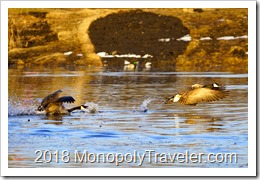
In these next two pictures are the most common types of waterfowl in my area which include mallards and Canadian geese. Mallards can have some great colors but are seen all the time during the summer making them less interesting. Canadian geese are a pretty bird with their combination of brown, black, and white colors but they are kind of annoying with their constant honking.

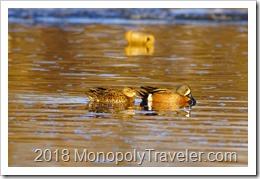
The first image on the left is not really a waterfowl, but a bird that spends a lot of time in the shallow waters. This Great Blue Heron took me several attempts to get nice photos of because I would continually scare it away as I approached the thawing creek without knowing it was there. Finally on the third time going to the area I saw it before it took off and stopped. After awhile it didn’t seem to care that I was there so I could get close enough for some nice photos. In the second picture is a pair of blue winged teals which I’ve photographed a number of times before.
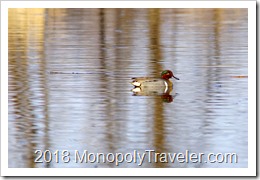

During one of my outings I came across this duck on the left above which I have never seen before. Upon getting home and doing a little research I found out this was a green winged teal. A very pretty duck which would have been nice to get closer to for better photos. Not this time I guess. The duck above on the left is a ring neck duck which I’ve seen and photographed a couple of times. A fun duck to watch.
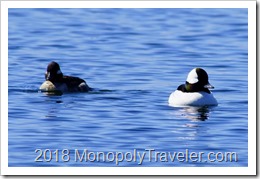
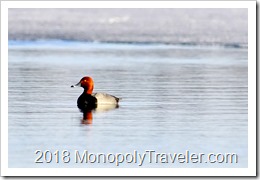
Above on the left are a pair of bufflehead ducks. Another duck which I had not yet seen so it was nice to add these to my collection. Fortunately I saw several of these during a weeks time span. On the right above is a read head duck which was mixed in with a flock of lessor scaups below on the left. These I’ve seen a number of different times during the spring and fall migration. They are very distinctive to pick out in a flock of ducks due to their red heads.
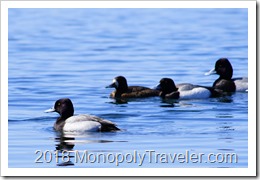
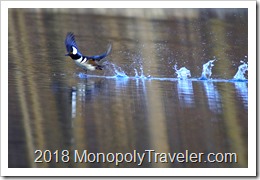
Getting ready to fly away on the right photo above is a hooded merganser. These are another fairly common duck in central Minnesota. Moving to the pictures below, the one of the left is a red breasted merganser and the common loon on the right. Both of these are new to my photo collection and I’ve never seen a red breasted merganser before so that was fun. Very interesting and pretty ducks. While loons have been visible from time to time I’ve never actually taken a lot of time to watch them up close. They are fun to sit and watch with a binoculars or spotting scope (or in my case a zoom lens) for awhile as they fish, preen, and maintain their territory. With any luck I’ll be able to get out more this spring and observe more fowl as they prepare for the summer.
